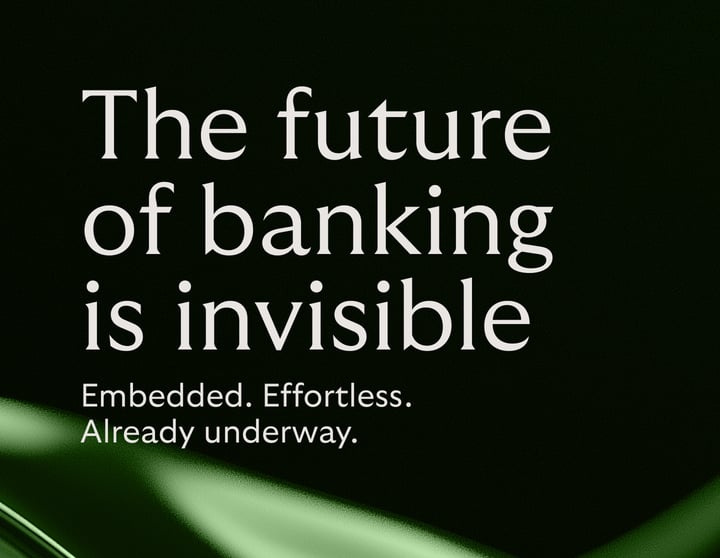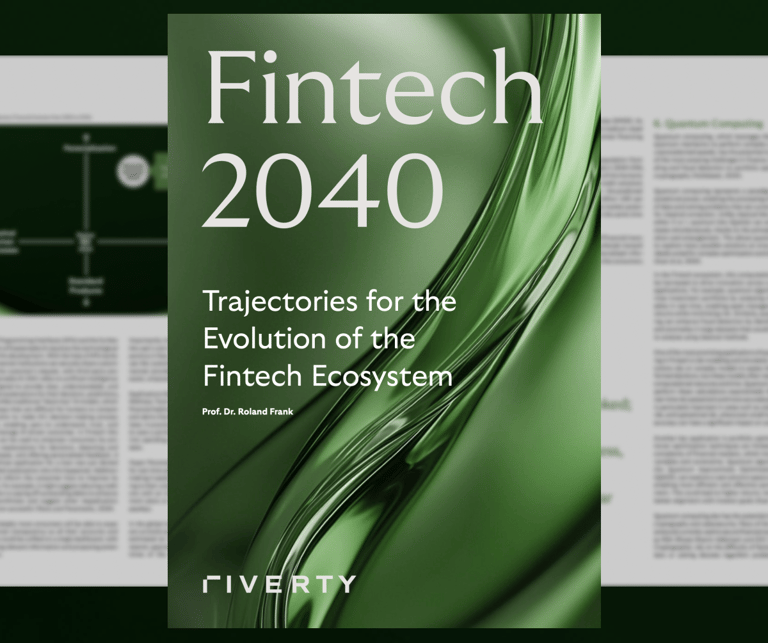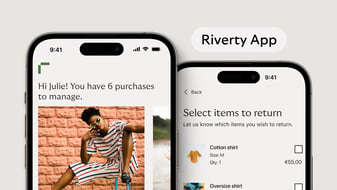Banking will disappear but not your money: The rise of invisible banking
Imagine never opening a banking app again, but still getting loans, making payments, or adjusting your savings; all automatically, in the background. Welcome to invisible banking: where finance fades from view, but not from your life. Financial services are moving out of banks and apps and into wearables, e-commerce, smart homes, and vehicles. Consumers won’t “do banking” anymore. It will happen ambiently, in the background, without friction. That’s invisible banking. And it’s already taking shape.

What is invisible banking?
Invisible banking refers to financial services that operate seamlessly in the background of everyday apps, devices, and experiences, without requiring users to visit a bank or even open a banking app.
This represents a fundamental shift from visible services like branches and apps to invisible banking layers that work behind the scenes. The key idea is simple: you’re still banking, but you don’t see it happening.
Think of it as finance becoming as invisible as electricity in your home – always there when you need it, but never requiring your active attention to manage.
How invisible banking becomes reality: embedded, ambient, and everywhere
Embedded finance in retail, social platforms, mobility, and wearables is making invisible banking a reality.
We’re seeing this transformation across multiple touchpoints:
- Smartwatches that automatically split restaurant bills among friends
- Car dashboards that handle parking payments without driver interaction
- Voice assistants that manage recurring subscriptions based on usage patterns
Use cases are expanding rapidly: automated micro-loans triggered by shopping behavior, instant insurance activation when you enter a high-risk area, and contextual payments that adjust based on your location and preferences.
This shift represents embedded finance as the new distribution model, where contextual finance based on behavior and location replaces active decision-making.
Invisible banking: From friction to fluidity
The promise of invisible banking is finance without forms, passwords, or separate apps. Instead, we get seamless experiences integrated with life moments – paying for coffee as you walk past your usual café, or having travel insurance automatically activated when you book a trip.
Why does this matter? Because the “death of banking” isn't actually about banks disappearing – it’s about a UX revolution that makes financial services so integrated and intuitive that they become invisible infrastructure.
Invisible doesn’t mean less secure; it means less visible and more integrated into the fabric of daily life.
Invisible banking and the business shift in finance
The numbers tell a compelling story. Embedded finance is projected to grow from $73.6 billion to approximately $819.4 billion by 2040, representing a massive shift in how financial services are delivered and consumed.
For businesses, the strategic opportunity is clear: own the context, not the channel. Success will come from embedding financial capabilities where customers already spend their time, rather than trying to pull them into separate banking environments.
Monetization models are evolving to include partnerships, APIs, micro-fees, and brand loyalty programs that create value through integration rather than isolation.
Invisible banking: trust, data, and the tech backbone
Security remains paramount in invisible banking systems. The challenge is building trust in background processes – ensuring that invisible banking doesn’t mean unsafe banking, but rather less visible and more integrated.
The importance of consent and contextual control becomes critical. Users need to understand and approve how their financial data is being used, even when they’re not actively managing transactions.
Success in invisible banking requires balancing convenience with ethical data use, creating systems that protect privacy while delivering seamless experiences.
Why invisible banking is the future of finance
This transformation isn’t about banks going away – it’s about financial services reappearing in new places where customers live, work, and play.
For fintech companies and traditional banks, the message is clear: embed or become irrelevant. The future belongs to those who can make finance invisible while maintaining trust, security, and value.
At Riverty, we believe in keeping you in flow with payments that work seamlessly behind the scenes. Our human-first approach to invisible banking ensures that as finance becomes embedded everywhere, it continues to promote financial well-being and peace of mind for everyone, while maintaining the highest standards of transparency, consent, and inclusive access.
Shape the future of finance: Download the complete analysis
Download the Fintech 2040 Whitepaper to discover what's shaping the future of banking and how your organization can stay ahead of the disruption.

